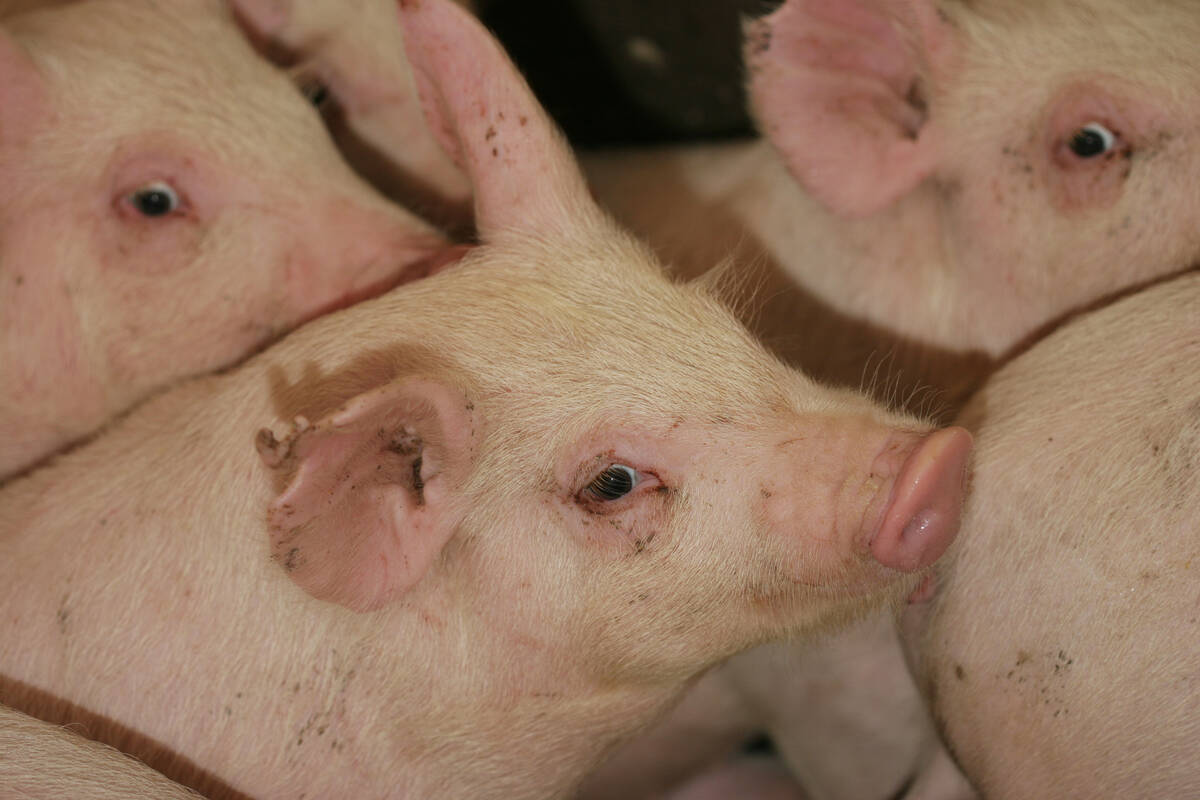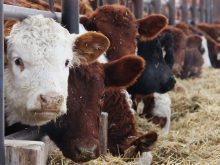The biggest obstacle facing Canada’s 1,900 bison producers is no longer a lack of slaughter capacity but instead a looming shortage of animals, according to Mark Silzer, president of the Canadian Bison Association.
Consumption growth of 20 percent per year could outpace the industry’s annual production within two to three years unless producers start planning ahead, he added.
“There is a growing concern, one that I have had for some time, that we are going to find ourselves short of product,” he told the Great Spirit Bison Show and Sale in Brandon March 31.
Read Also

The Western Producer Livestock Report – September 25, 2025
The U.S. national live price average for barrows and gilts was $81.21 Sept. 17. It was $78.37 Sept. 9. U.S. hogs averaged $106.71 on a carcass basis Sept. 17, up from $106.10 Sept. 9.
“When you look at the growth in slaughter and processing, we are not seeing that same level of growth on the production side.”
Silzer said the supply situation could change dramatically if the U.S. border opens to animals older than 30 months.
Even though they may still be hurting from the BSE crisis, he said, producers should resist the urge to cash in and ship heifers south for slaughter because the country’s 250,000 head herd needs to keep growing.
“We have to be careful where we go with this because if you look at the supply, it’s quite limited.”
With per capita bison consumption in Canada at only three ounces, there is plenty of room to maintain steady growth. However, marketers must continue to have access to a consistent supply of product or their customers will go elsewhere, Silzer said.
“We’ve got an industry with a five-year production cycle. I think there is a real need to do some long-term planning if we want to avoid a potential wreck,” said Silzer.
“We don’t want to see a spike in prices because it will cost us.”
Bison numbers in the U.S. mirror those north of the border, although a lingering drought has sent many breeding age females to market.
Other significant hurdles include the lingering effects of the closed U.S. border following BSE discoveries in cattle. The effects continue to be felt mainly through extra inspection and veterinary fees charged on animals going south, and grading practices in Canada, which force many good quality heifer carcasses into the C-grade designation.
“It is costing producers $250 a head to have their heifers fall into that grade,” Silzer said.
Canadian meat inspectors base their judgments on ossification in the spinal column, because as animals age the cartilage changes from a jelly-like material to bone.
Silzer said studies at the Agriculture Canada research centre in Lacombe, Alta., that looked at a range of characteristics, including taste and shear testing to calculate tenderness, have offered convincing arguments for changing the grading system for bison.
“What we have found is that although this ossification may be higher in the heifers, the quality of the product is every bit as good as A-grade bulls.”
The ball is now in Agriculture Canada’s court because legislative changes are required for altering the grading system.
“We applied in June of 2005 with all the research. It has taken two years,” he said. “It’s frustrating.”
Although the bison association supports the current grading system and believes it delivers a more consistent product, removing the unfair classification for heifers would give the industry a much-needed boost.
The issue is making life difficult for Canadian marketers who have invested heavily in building slaughter capacity, he added, because bison producers are shipping their heifers south to take advantage of the more favourable U.S. grading system.
“We’ve invested in infrastructure up here, but our facilities are standing idle while we haul animals to the U.S. to kill them.”
Silzer also said many cow-calf bison producers are failing to maximize their profit potential by not linking with a value chain.
“I think it is important for bison producers to get lined up with marketers or become part of a value chain because that is where you are going to extract the premiums that they are going to need to become successful,” he said, adding current price discounts for heifers make cow-calf production unsustainable.
A better approach would be to make arrangements with a marketer as soon as calves are born so they can develop markets two years in advance.
“That guy can go out and sell those animals with confidence because he knows that they are going to be there.”
The biggest catalyst for the bison industry on both sides of the border has been the success of Ted’s Montana Grill, owned by U.S. billionaire Ted Turner, who owns 40,000 head of bison on 14 ranches covering two million acres, Silzer said.
Canada’s bison population has grown by an average of 20 percent a year since 1996, when there were 45,000 head on 745 farms. By 2004, surveys found 230,000 head, with growth driven mainly by the lack of slaughter capacity during the BSE crisis.
The European Union is a significant market for Canadian bison. In 2006, it accounted for almost half of all exports. Other markets include Mexico, Hong Kong and Japan. Local farm direct marketing efforts have also made significant gains, Silzer said.














